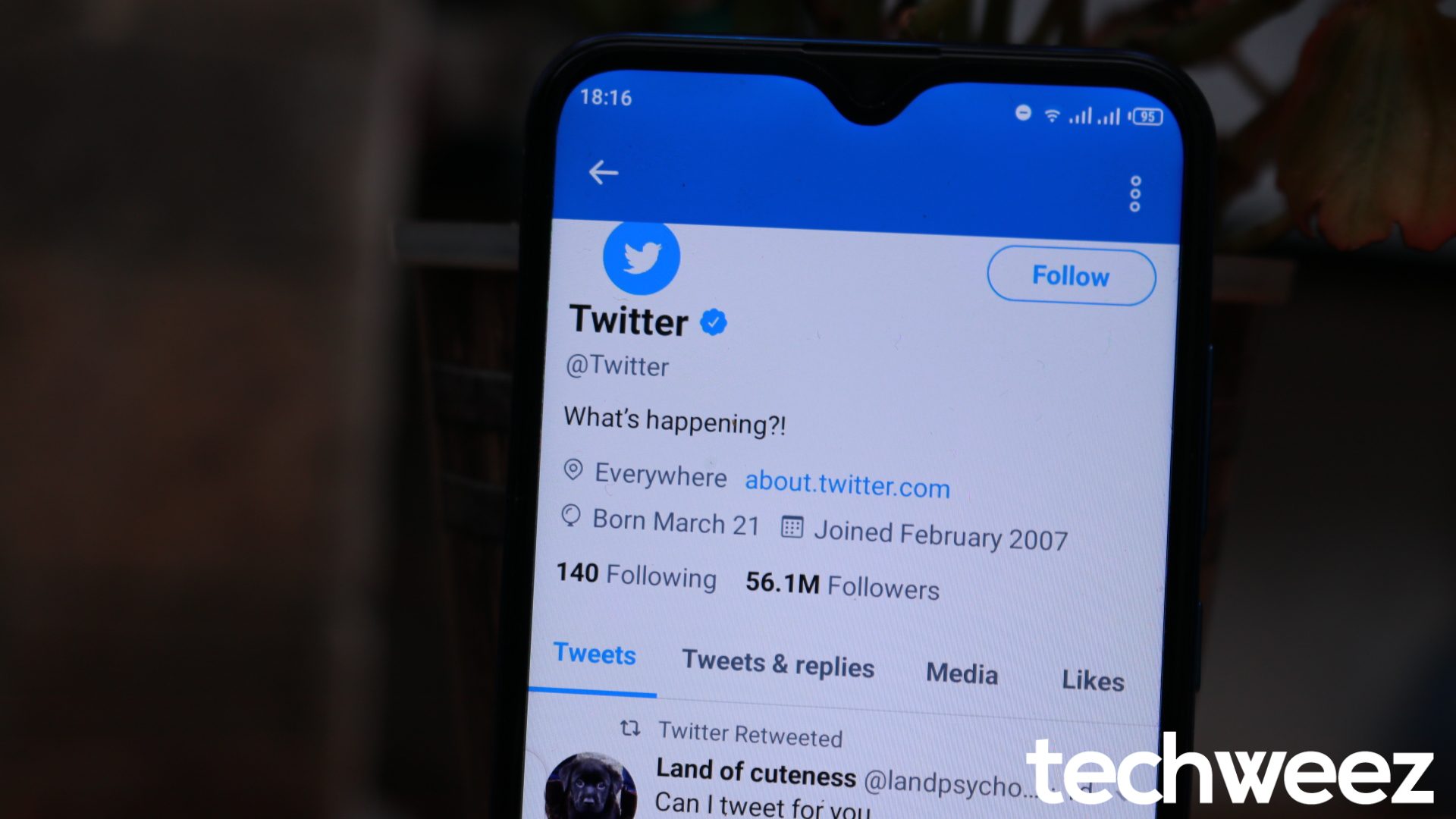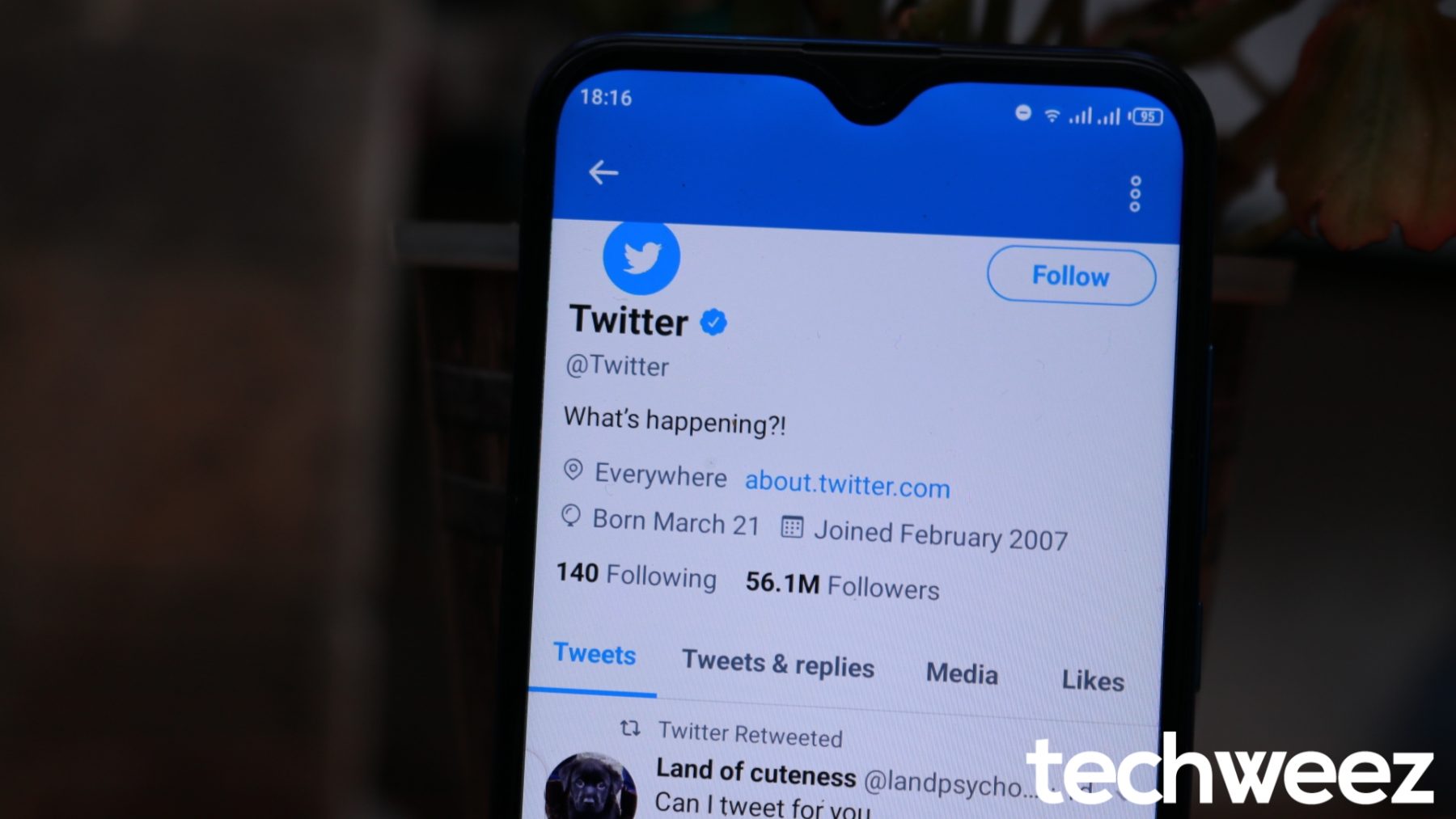Twitter’s verification program is making a comeback after being suspended in 2017. This time around with publicly documented guidelines.
UPDATE: Twitter has begun testing integrating the “Request Verification” option in its app.
#Twitter is working to integrate the "Request verification" option also in the app 👀 pic.twitter.com/6pOsHoMqjd
— Alessandro Paluzzi (@alex193a) July 24, 2020
Twitter working on making it feel like to have more chance of getting verified, but ultimately they will still decline 99% of you. https://t.co/iTku4sViTV
— Matt Navarra (I quit X. Follow me on Threads) (@MattNavarra) July 24, 2020
This came after a backlash when they verified Jason Kessler’s account. He had organized the “Unite the Right” rally in Charlottesville that ended in violence and the death of a counterprotester after she was rammed by a car allegedly driven by a white supremacist.
Twitter has verified the organizer of the Charlottesville Unite the Right white supremacist rally https://t.co/v8jAxcKjkj
— Christopher Mathias (@letsgomathias) November 8, 2017
Even though the blue badge used to be so significant as it indicated who they really are – it symbolizes more than that.
And this is how Twitter ends.
The blue checks won. They never really wanted you to talk to them. I suggest unfollowing. https://t.co/bR3UhTIFjY
— Stacey (@ScotsFyre) January 8, 2020
A lot of people on Twitter want to be verified so badly with some even making it their resolution this year.
It's time. A 2020 goal is to be verified on Twitter, any idea how?? 😂
— Tim Schofield (@qbking77) January 11, 2020
In the early days, Twitter used to verify accounts with no application. You’d wake up and boom, you are verified. Most accounts involved with journalism, politics, government, music, acting, business, media or fashion get verified a soon as they create an account on Twitter.
Twitter then put an online form that you’d fill up to request for verification. The social media platform paused the application step with CEO Jack Dorsey calling the system “broken.”
Verification was meant to authenticate identity & voice but it is interpreted as an endorsement or an indicator of importance. We recognize that we have created this confusion and need to resolve it. We have paused all general verifications while we work and will report back soon
— Support (@Support) November 9, 2017
In an interview with WIRED, Jack Dorsey pointed users who wanted to be verified to Kayvon, Twitter’s head of product.
— Kayvon Beykpour (@kayvz) January 14, 2020
Well, it seems like Twitter is bringing that feature back with a request verification button. This is according to app researcher, Jane Manchun Wong (@wongmjane)
Twitter is working on “Request Verification” 👀
(I’m not Twitter employee. I’m not tech support) pic.twitter.com/ED58QsD7kM
— Jane Manchun Wong (@wongmjane) June 7, 2020
It looks like it still in testing and will probably not roll out so don’t get your hopes up.
Speaking to Techcrunch, Twitter is revamping the verification program with publicly documented guidelines. The social media giant hopes that bringing clarity and transparency to the program will help its users understand the choices it makes.
It’s worth noting that Twitter didn’t comment on when these guidelines will become available.
https://twitter.com/luca/status/1269587168932102144
Brownie points for trying, @twitter, but this isn’t nearly good enough. The Twitter verification program is fundamentally awful (and this coming from a lucky guy with a blue check mark).
Anyone who is verifiably a human should have the ability to be verified in some fashion. https://t.co/vL4VxL1lUL
— Chris Strub (@ChrisStrub) June 8, 2020
They also confirmed they were testing the new in-app feature that would probably end up in the settings tab.
It’ll be interesting to see if Twitter will review its 356,000 verified accounts with the new guidelines.





























